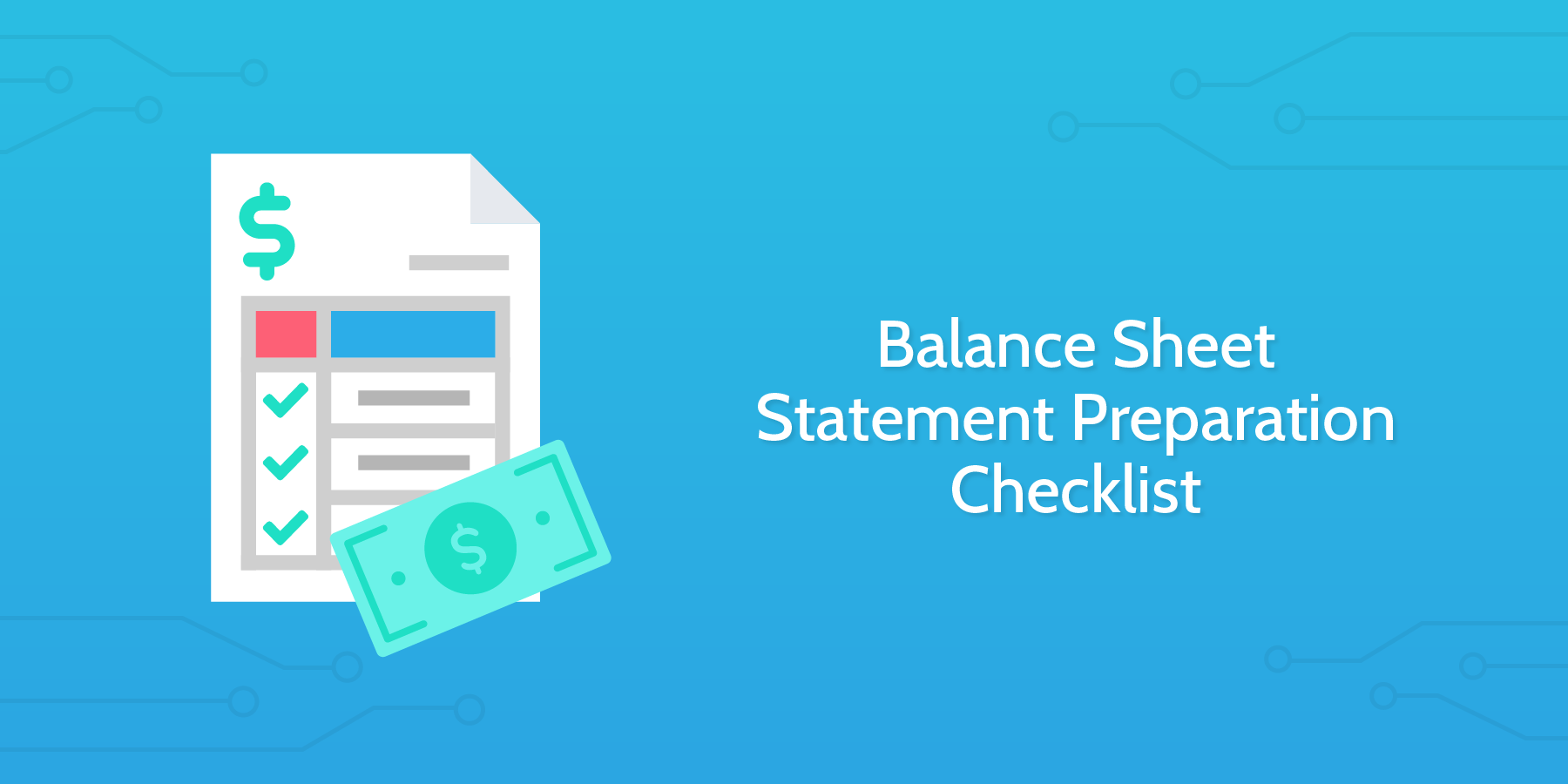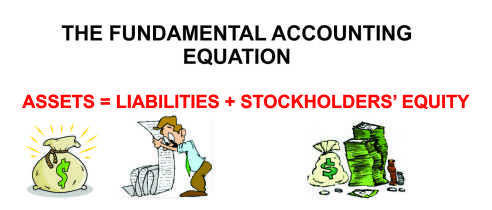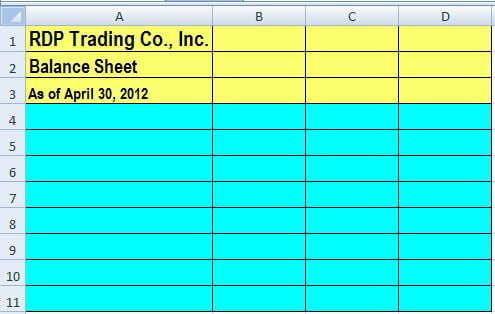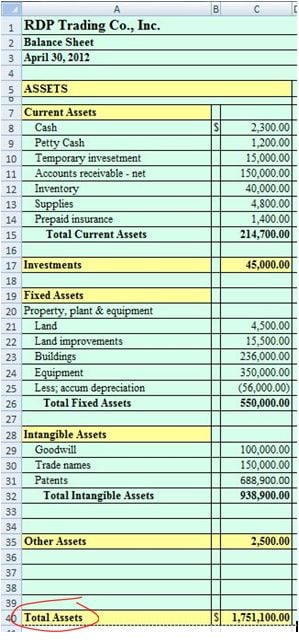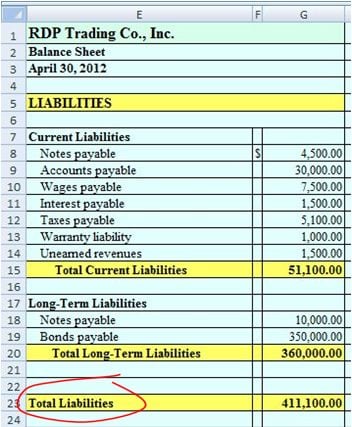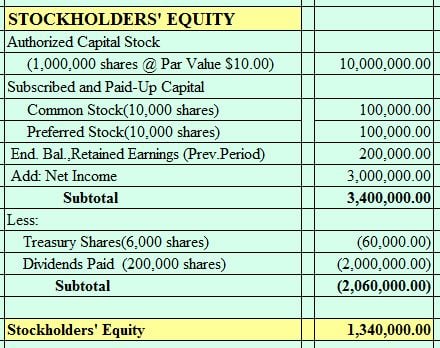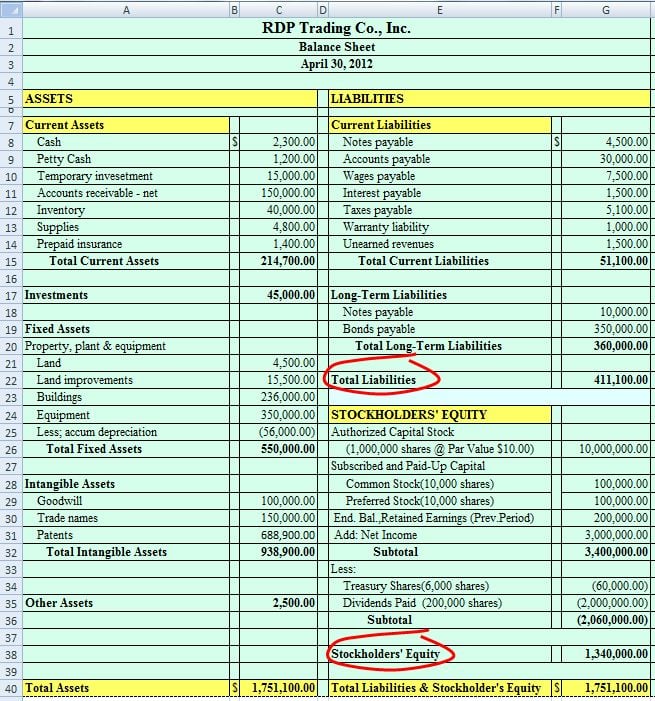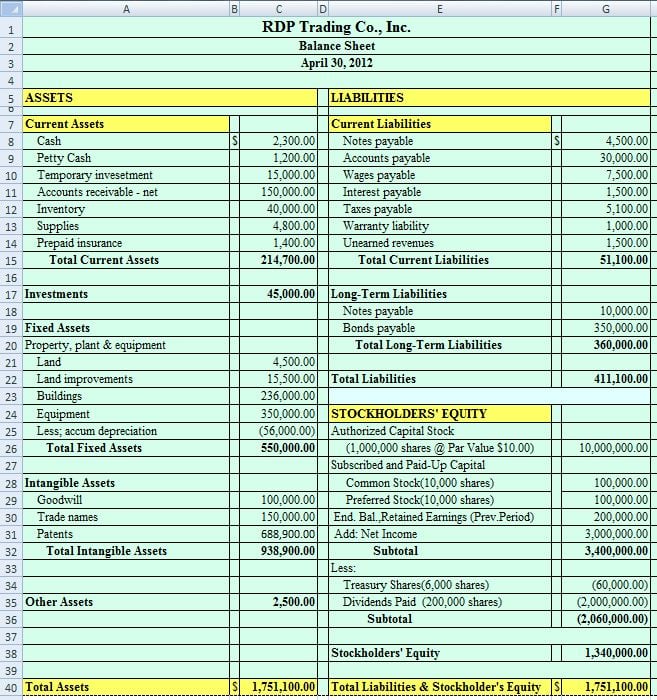Assets are simply defined as anything that the business has ownership of by its acquisition at a certain point in time and recorded in its financial history.
Record the relevant assets in the form fields below.
Examples of assets that are reported on a company's balance sheet include:
Current Assets
Current assets are those that can be converted into cash within one year of the business's normal operating cycle.
- Cash
- Accounts receivables (A/R)
- Inventory
- Notes receivables (N/R)
- Prepaid expenses
- Other current assets
Investments
Investments are assets investments whose maturities exceed one year.
Examples:
- Bond sinking fund
- Funds held for construction
- Cash surrender value of life insurance policy
- Long-term investments in stocks and bonds
Returns on these investments can be realized over the long-term considering that its payback period is more than a year.
Fixed Assets
Fixed assets, otherwise known as long-term assets, are those assets holdings with a long-term physical value such as land, buildings, and machinery.
List of fixed assets:
- Land
- Buildings
- Machinery and equipment
- Furniture and fixtures
- Leasehold improvements
With the exemption of landholdings, these long-term assets are subjected to depreciation charges that must be taken into account by applying the depreciation method of accounting.
Intangible Assets
Intangible Assets are those assets with significant long-term value without any physicality whose benefits extends a few years or beyond. It is usually recorded at cost based on a specified period of time in the balance sheet.
List of Intangibles:
- Research and development
- Patents
- Market research
- Goodwill
- Organizational expense
Some of these intangibles are amortized over their estimated useful life.
Other Assets
- Deposits (maturity of more than one year)
- Notes Receivables from Third Parties
- Bond Issue Costs amortized to expense over the life of the bond.
- Other Deferred Costs (Unamortized Bond Issue Cost)

